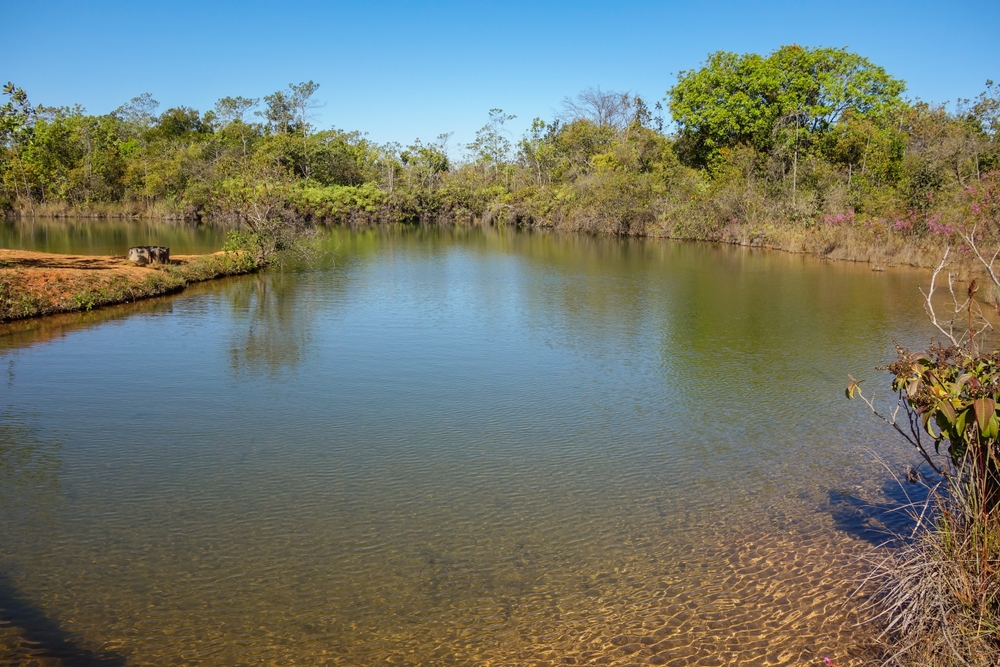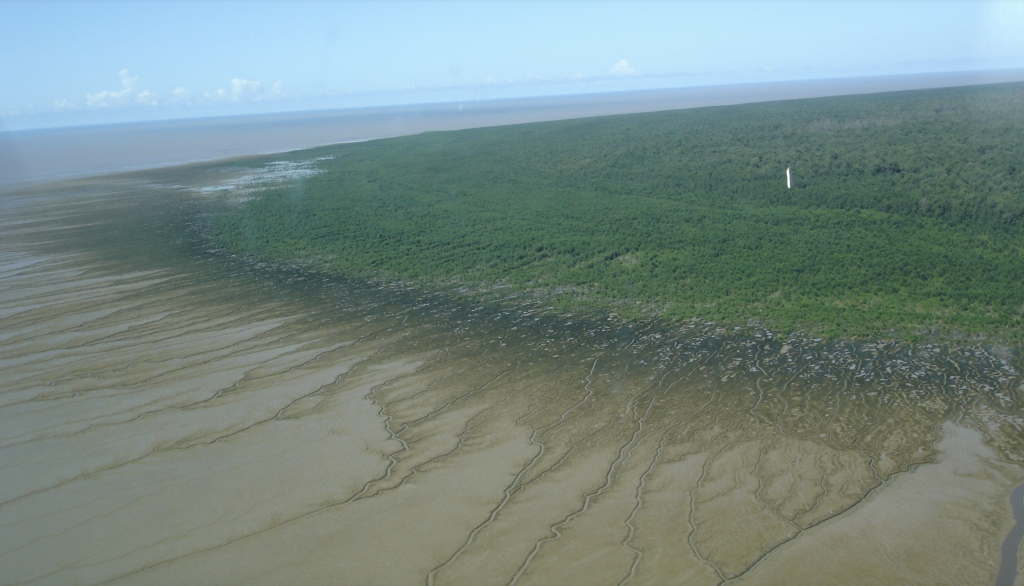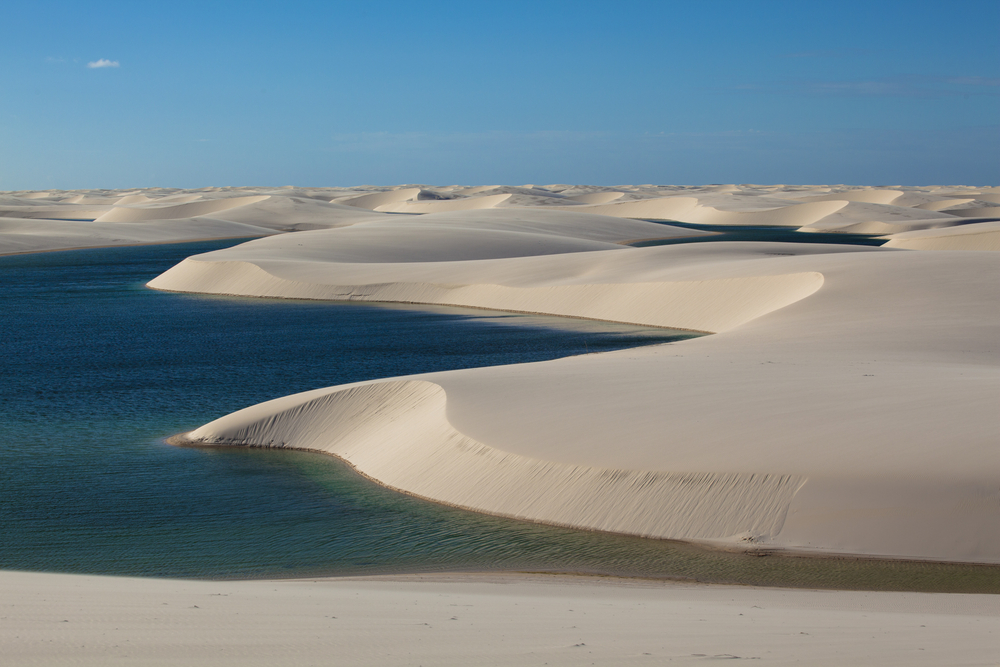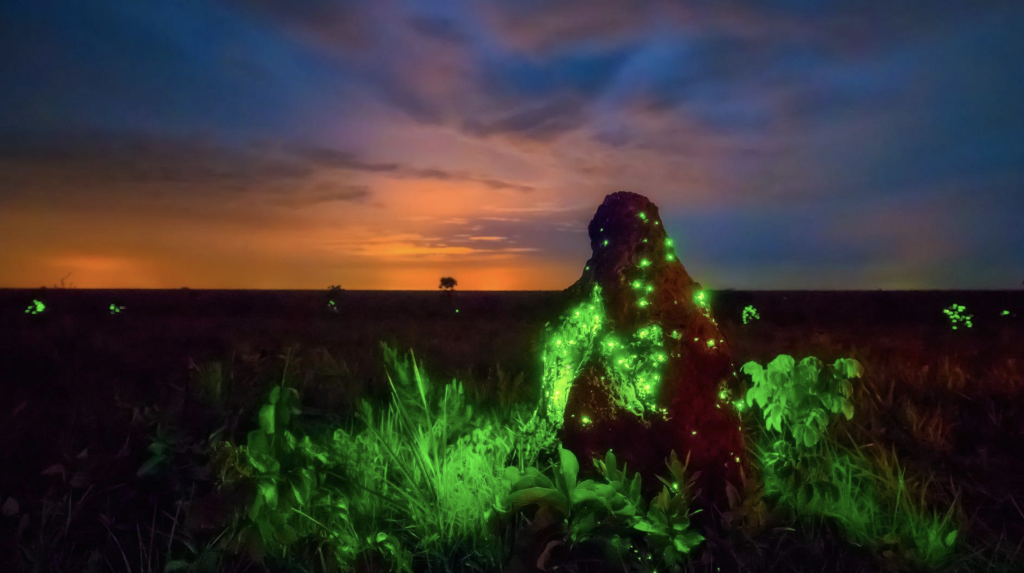Campos Gerais Overview
Campos Gerais National Park, known locally as Parque Nacional dos Campos Gerais, is a protected area located in the state of Paraná in southern Brazil.
Covering approximately 82.74 square miles (214.3 square kilometers), the park lies near the city of Ponta Grossa and represents a unique blend of geological formations, rich biodiversity, and cultural history. It is part of the larger Atlantic Forest biome but also features elements of the Cerrado and southern grasslands, making it a place of ecological transition and significance. Its name, which translates to “General Fields,” reflects the park’s characteristic wide-open plateaus and grassy fields.
The terrain of Campos Gerais is dramatic and diverse, with a mix of sandstone cliffs, rocky outcrops, and deep valleys. The landscape is marked by impressive formations such as the Furnas Grotto, a deep sandstone cavern with a pool of emerald-green water, and the towering sandstone arch known as the Arcos de Vila Velha.
Waterfalls such as Cachoeira da Mariquinha cascade over rock walls into cool pools, offering both visual splendor and a refreshing respite for visitors. Native vegetation includes fields of native grasses interspersed with patches of araucaria pine, bromeliads, orchids, and shrublands. The contrast between the stone formations and the green expanses creates a scenic mosaic unique to the region.
Wildlife is another vital element of Campos Gerais National Park. The park is home to several notable mammals, including the maned wolf, ocelot, and puma, although these are elusive and often spotted through camera traps rather than direct encounters. Smaller mammals such as capybaras, armadillos, and coatis are more frequently seen.
The birdlife is rich and varied, with over 200 recorded species. Highlights include the red-legged seriema, toucans, owls, and the helmeted manakin. Birdwatchers are especially drawn to the park due to its mixture of forest and grassland species in one area.
Popular features of the park include its many hiking trails, scenic viewpoints, and geological wonders. Visitors often explore the rock formations and waterfalls while enjoying panoramic views of the surrounding landscape.
The park also has archaeological sites with ancient rock art, adding a historical layer to its natural appeal. These features make it a favored destination for hikers, nature photographers, and geologists.
Visitors can engage with Campos Gerais through well-maintained trails suitable for hiking and interpretive walks. Guided tours are available and often led by local experts who explain the area’s ecological and historical significance.
Birdwatching tours are especially popular, as are weekend excursions from nearby cities. Educational programs are sometimes offered for school groups and researchers, promoting a deeper understanding of the park’s biodiversity and conservation value.
Campos Gerais National Park faces ongoing conservation challenges. Urban expansion, agriculture, and illegal hunting have posed threats to the ecosystem. However, successful management efforts include habitat restoration and environmental education initiatives.
Partnerships with local universities and NGOs have helped monitor wildlife and develop sustainable tourism strategies. These steps contribute to preserving the park’s unique biodiversity while allowing public enjoyment and appreciation.


















































































